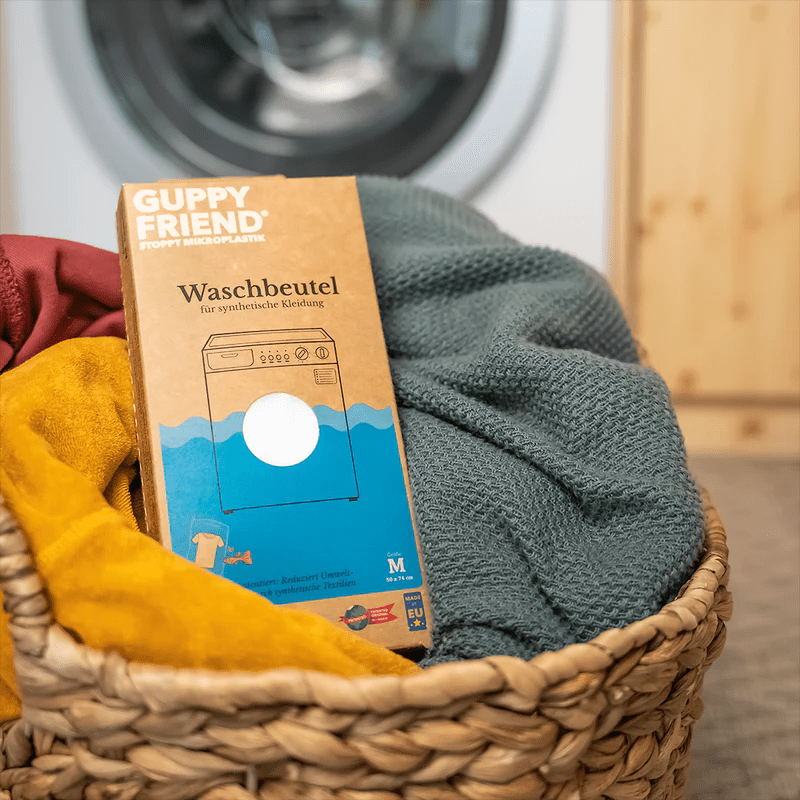Simple Tips To Reduce Microplastics Shedding On Laundry Day
Athletes, fitness enthusiasts, and outdoor lovers have a fair share of synthetic apparel made from plastics. As the plastic fibers get older, they break and end up in the soil or water supply where they make the environment more vulnerable and increase potential health complications. This piece explores simple ways for you to reduce environmental exposure to microplastics from old clothes.

First off, microplastics are tiny pieces of plastic and plastic fibers that could be invisible to the naked eye. There is a need for a more customized approach in the fight against microscopic enemies like microplastics. Viable solutions to the chronic microplastic infestation may surpass the collection of reusable bags or buying metal straws.
Microplastics may end up almost everywhere after slipping into the environment, making their way into the most unexpected places like the arctic. Animals consuming microplastics may develop complications like decreased energy, blocked digestive tracts, loss of appetite, reduced reproductive abilities, and stunted growth.
Microplastics can absorb dangerous chemicals like pesticides and heavy metals, after which they ferry toxins into the bodies of fish, plankton, sea birds, and other wildlife. The harmful chemicals can make their way through the food chain to reach your table through seafood. More research is underway to determine the long-term effects of human exposure to microplastics.

You can reduce environmental exposure to microplastics by separating clothes by material instead of color. Washing coarse clothes from softer ones reduces friction making your clothes wear out faster by exposing the fiber to premature breakage. Avoid the dryer and always use cold water to protect fibers that are likely to break faster when exposed to heat. You can also get a microfiber filter or Guppyfriend bag to catch any stray particles in your wash.
